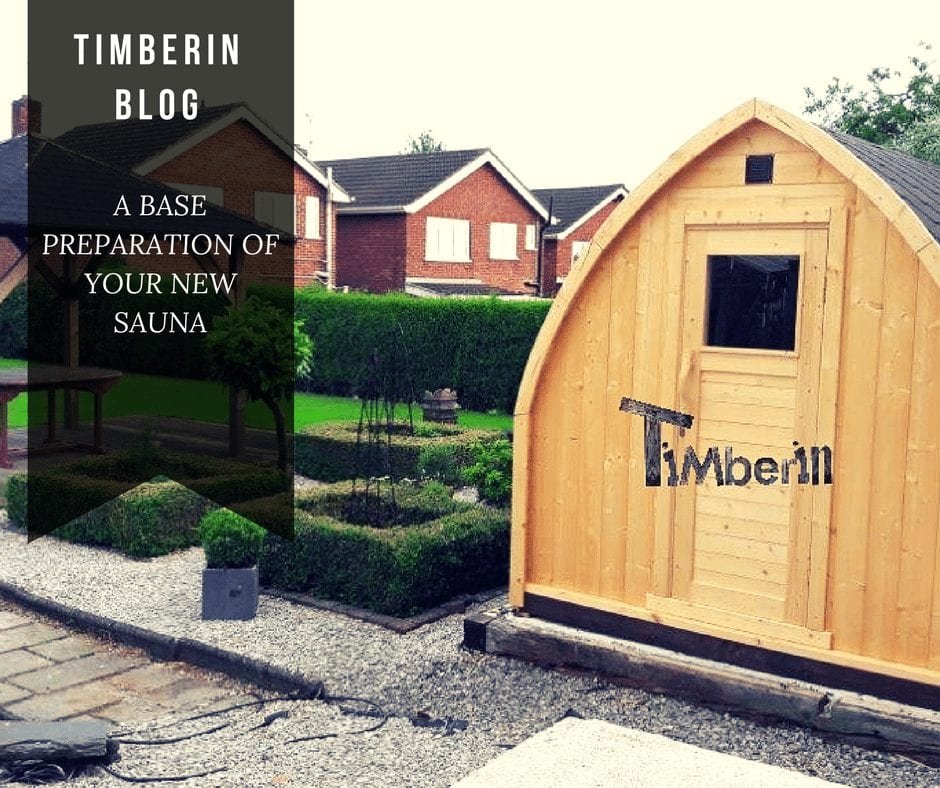Embarking on an outdoor wooden sauna project is exciting—but without a solid foundation and plan, structural issues or moisture problems can undermine it. This guide walks you through base preparation, assembly tips, drainage, and finishing touches to ensure your sauna is stable, efficient, and built to last.
Once your structure is up, manage heat and moisture with the right systems. Check our comparison guide of wood-fired vs electric systems for heating ideas, and the eco-friendly tips guide to optimise energy use.
1) Importance of Base Preparation
Every successful sauna begins with a flat, sturdy base. An unstable foundation leads to cracks, gaps, and a misaligned shell over time. Aim for a foundation slightly larger than your sauna footprint and always level and firm.
Common Base Types
- Concrete slab: A classic, strong solution for most saunas.
- Wooden deck or frame: Useful where you already have decking or prefer raised structure.
- Pier / plinth / screw footings: Ideal for uneven ground or sloping sites.
- Pavers or stone beds: Good option with solid sub-base and drainage.
Support Layouts (Barrel & Pod Styles)
For barrel saunas, supports (bearers) run perpendicular to the curved shell. A 2 m sauna may require three supports, increasing with length. For layout inspiration and siting, see our outdoor sauna review & buying guide.
2) Structure & Assembly Steps
Most outdoor saunas arrive pre-cut or in modular form. Key steps include:
- Place and level the base, ensuring all switchbacks of the frame align.
- Assemble the wooden staves or panels onto the base, progressively building walls.
- Install roof framing and cover (often bituminous shingles or waterproof membranes).
- Add interior walls, insulation (if used), benches, door and window frames.
- Install heater (wood or electric), ventilation, and electrical wiring as required (power notes: do wood-fired tubs need electricity?).
3) Drainage & Floor Preparation
Water from users (sweat, rinsing) must exit cleanly.
- Design the floor with a slight fall toward a drain or gutter.
- Include removable panels or slats for cleaning access.
- Consider a floor grate over a waterproof membrane and drainage aggregate beneath.
4) Insulation, Ventilation & Moisture Control
Outdoor exposure means your sauna needs to manage heat and moisture carefully.
- Insulate walls, ceiling, and (if possible) floor to reduce heat loss.
- Provide balanced ventilation—intake low, exhaust high—to purge moisture without losing heat.
- Seal joins, doors, windows, and penetrations using heat-tolerant gaskets or rope seals.
- Use breathable and weather-resistant exterior finishes on wood to protect against rot and UV damage. Wood choices and finishes: best wood for outdoor hot tubs & saunas.
5) Common Mistakes & Fixes
- Uneven base: Leads to shell distortion and leaks. Always level using a laser or spirit level.
- Poor drainage: Causes water pooling and rot—always slope and ventilate the base.
- Inadequate ventilation: Leads to condensation and poor air quality—adjust vent placement and size.
- Using impermeable finishes: Traps moisture in wood; instead apply breathable oils and refresh yearly.
6) Finishing & Long-Term Care
To keep your outdoor sauna in top condition:
- Seal roof overhangs and flashings to protect walls from rain rebound.
- Apply breathable wood treatments annually or biannually.
- Inspect and tighten hardware, hinges and frame connections each season.
- Flush and clean the floor drain and interior surfaces regularly.
- Monitor for signs of moisture damage, settling, or wood checking (troubleshooting help: sauna problems & solutions).
Summary & Build Checklist
- Select a flat, well-draining base slightly larger than sauna footprint.
- Plan support layouts based on your chosen sauna style (barrel, pod, cabin).
- Ensure level, stable base before shell assembly begins.
- Incorporate drainage and sloped floor design.
- Insulate, ventilate, and seal the structure carefully.
- Choose breathable exterior treatments and maintain annually.
Conclusion
Building an outdoor wooden sauna is a rewarding project that, when done right, delivers years of warmth, wellness, and atmosphere. Focus on leveling, drainage, shell assembly, ventilation and maintenance. With thoughtful planning and care, your garden sauna will become a standout feature and a sanctuary you’ll enjoy season after season.

